When it comes to reducing emissions from diesel engines, DPF filters are a leading choice. But what about other options? Do they offer better efficiency, cost-effectiveness, or environmental impact? Let’s explore the pros and cons of DPF filters compared to alternatives like Selective Catalytic Reduction (SCR), Diesel Oxidation Catalysts (DOC), and Exhaust Gas Recirculation (EGR). Which technology stands out, and how do they measure up against each other?
In this guide, we’ll dive deep into each technology, considering factors like operational efficiency, costs, durability, and impact on the environment. By the end, you’ll have a clearer idea of which emission control solution best suits your needs.

What is a DPF Filter?
A Diesel Particulate Filter (DPF) is a device that removes particulate matter (PM) or soot from the exhaust gases of diesel engines. It traps these particulates, which are later burned off during a regeneration process, reducing the PM released into the air.
DPF filters are especially popular in vehicles due to regulations like Euro 6 and EPA Tier 4, which mandate stringent control over particulate emissions. However, DPF filters aren’t alone; alternatives like SCR, DOC, and EGR have entered the market, each bringing unique benefits and challenges.
Key Factors in Choosing an Emission Control Solution
- Efficiency in Reducing Emissions
- Cost of Installation and Maintenance
- Longevity and Durability
- Environmental Impact
Let’s examine each of these factors across DPF and its main alternatives.
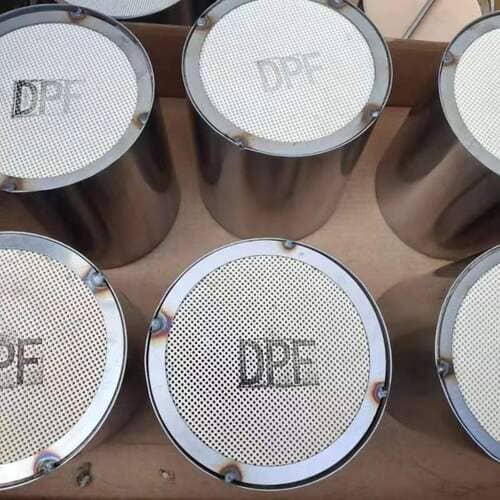
DPF Filters: Strengths and Weaknesses
Efficiency: DPF filters excel in removing particulate matter, boasting an efficiency rate of over 95%. They trap particulate emissions, which are burned off in a controlled manner, typically through active or passive regeneration.
Cost: While DPF filters are initially costly, they are highly effective. However, they require regular maintenance to avoid clogging, which can add to ongoing expenses. Frequent urban driving can increase the frequency of active regeneration, impacting fuel efficiency.
Longevity: With proper maintenance, DPF filters can last several hundred thousand miles. Regular cleaning is essential to extend their lifespan, which requires professional equipment and expertise.
Environmental Impact: DPF filters reduce carbon particulate emissions effectively, making them environmentally friendly in this regard. However, frequent regeneration processes can lead to a slight increase in fuel consumption and CO₂ emissions.
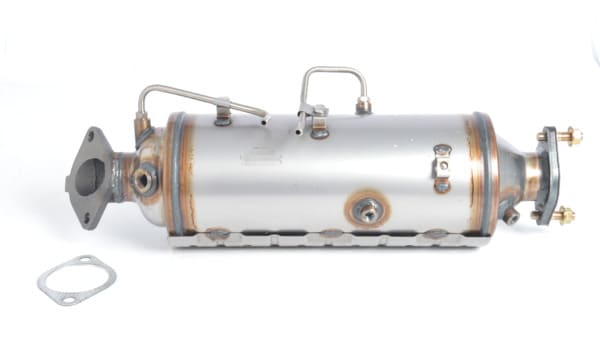
Alternatives to DPF Filters: Pros and Cons
1. Selective Catalytic Reduction (SCR)
SCR is commonly used in conjunction with DPF in heavy-duty trucks and industrial applications. SCR technology reduces nitrogen oxides (NOx) by injecting a urea-based solution (often called DEF or Diesel Exhaust Fluid) into the exhaust stream.
Efficiency: SCR systems are excellent at reducing NOx emissions by as much as 90%. When paired with DPF filters, SCR helps diesel engines meet the strictest emission standards.
Cost: SCR systems tend to have higher installation costs due to the need for a DEF tank, dosing system, and catalytic converter. Maintenance costs, however, are lower than DPF, as SCR systems do not require regeneration.
Longevity: SCR systems are durable and require less frequent maintenance than DPFs, though they depend on a steady supply of DEF, which can be inconvenient and costly over time.
Environmental Impact: SCR is favorable in reducing NOx, a major air pollutant linked to respiratory issues. However, SCR technology requires diesel fuel, and managing DEF containers can add to plastic waste concerns.
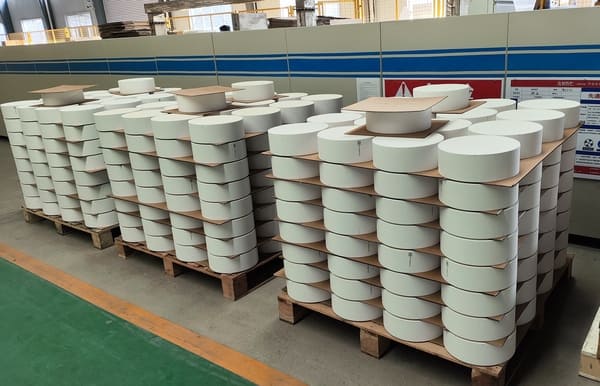
2. Diesel Oxidation Catalyst (DOC)
A Diesel Oxidation Catalyst converts hydrocarbons (HC) and carbon monoxide (CO) into carbon dioxide (CO₂) and water (H₂O). It doesn’t capture PM, but it reduces harmful gases.
Efficiency: DOCs are effective at reducing CO and HC emissions, with efficiency rates of up to 70% Source: EPA. However, they fall short in particulate matter reduction, making them suitable for vehicles with lower PM emissions.
Cost: DOC systems are more affordable than DPF or SCR and have fewer maintenance requirements, which can reduce overall expenses.
Longevity: DOCs have a long lifespan due to their simple design, requiring minimal maintenance beyond periodic inspections.
Environmental Impact: DOCs are environmentally beneficial, primarily reducing CO and HC without affecting PM levels. They are often used with other systems to address PM, which enhances overall emission reduction without major environmental drawbacks.
3. Exhaust Gas Recirculation (EGR)
Exhaust Gas Recirculation recirculates a portion of the engine’s exhaust gas back to the combustion chamber to reduce NOx emissions. This technology is particularly effective at lower engine loads.
Efficiency: EGR systems can reduce NOx by 40-50% Source: DieselNet. However, EGR alone does not affect particulate matter and needs to be combined with DPF to meet comprehensive emission standards.
Cost: EGR is relatively affordable compared to SCR and DPF systems. However, high-temperature recirculation can lead to carbon buildup, necessitating periodic cleaning.
Longevity: With proper maintenance, EGR systems can last several years. However, excessive carbon buildup may lead to malfunctions if not properly maintained.
Environmental Impact: EGR systems have a positive impact by lowering NOx emissions. However, the increased backpressure and carbon buildup can reduce engine efficiency, leading to marginally higher CO₂ emissions.
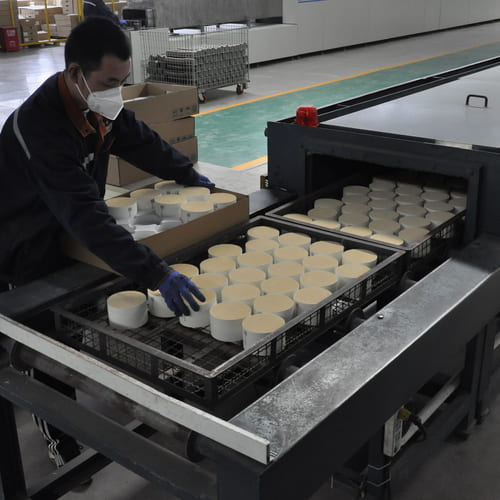
Comparative Summary: DPF, SCR, DOC, and EGR
| Technology | Primary Emission Reduction | Efficiency | Cost | Longevity | Environmental Impact |
|---|---|---|---|---|---|
| DPF | Particulate Matter | High | Moderate-High | High | Moderate (due to fuel consumption) |
| SCR | Nitrogen Oxides (NOx) | Very High | High | High | Low impact on CO₂ but requires DEF |
| DOC | Hydrocarbons, CO | Moderate | Moderate | Very High | Positive, but doesn’t reduce PM |
| EGR | Nitrogen Oxides (NOx) | Moderate | Low | Moderate | Reduces NOx, slight CO₂ increase |
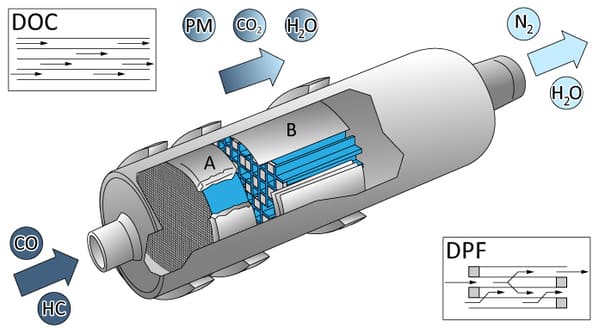
Choosing the Right Emission Control Solution
- For Vehicles in Urban Environments: DPF filters remain the best choice for vehicles frequently driving in stop-and-go conditions, where particulate matter reduction is essential.
- For Heavy-Duty Trucks and Industrial Applications: SCR paired with DPF is the preferred option for high-efficiency NOx and PM reduction.
- For Light Diesel Vehicles with Low PM Output: DOC is an affordable option for light vehicles that do not emit high levels of PM.
- For Moderate NOx Reduction Needs: EGR offers a cost-effective alternative for vehicles with moderate emission control needs.
Conclusion
When it comes to reducing emissions, no one-size-fits-all solution exists. DPF filters, SCR, DOC, and EGR each offer specific advantages and drawbacks depending on the type of emissions, operational environment, and budget considerations.
For vehicles operating in environments with stringent PM control requirements, DPF filters remain a strong choice. However, for high NOx emissions, SCR is an invaluable addition. DOC serves well for HC and CO reduction in less intense emission applications, while EGR provides a moderate, cost-effective solution for NOx reduction.
In an ever-evolving regulatory landscape, understanding these technologies and their differences is crucial for making informed decisions that balance cost, efficiency, longevity, and environmental responsibility.


